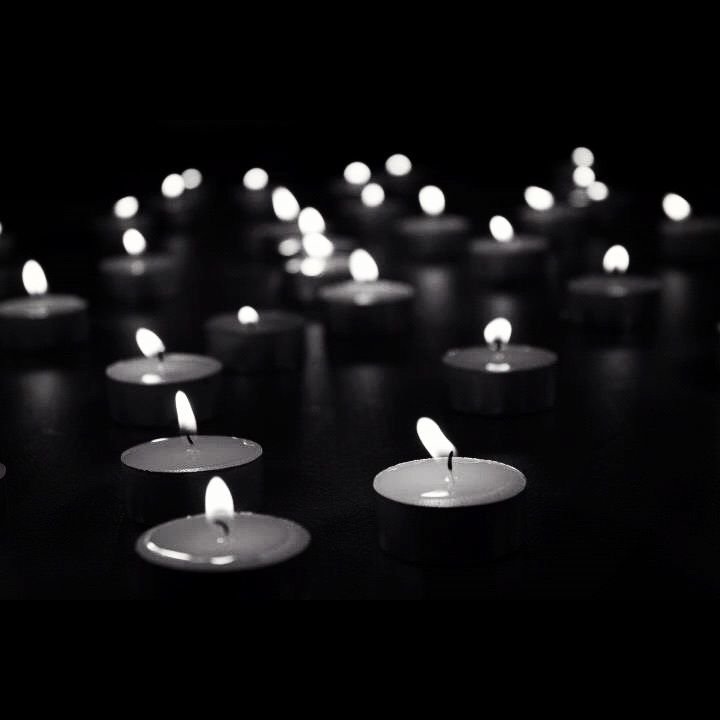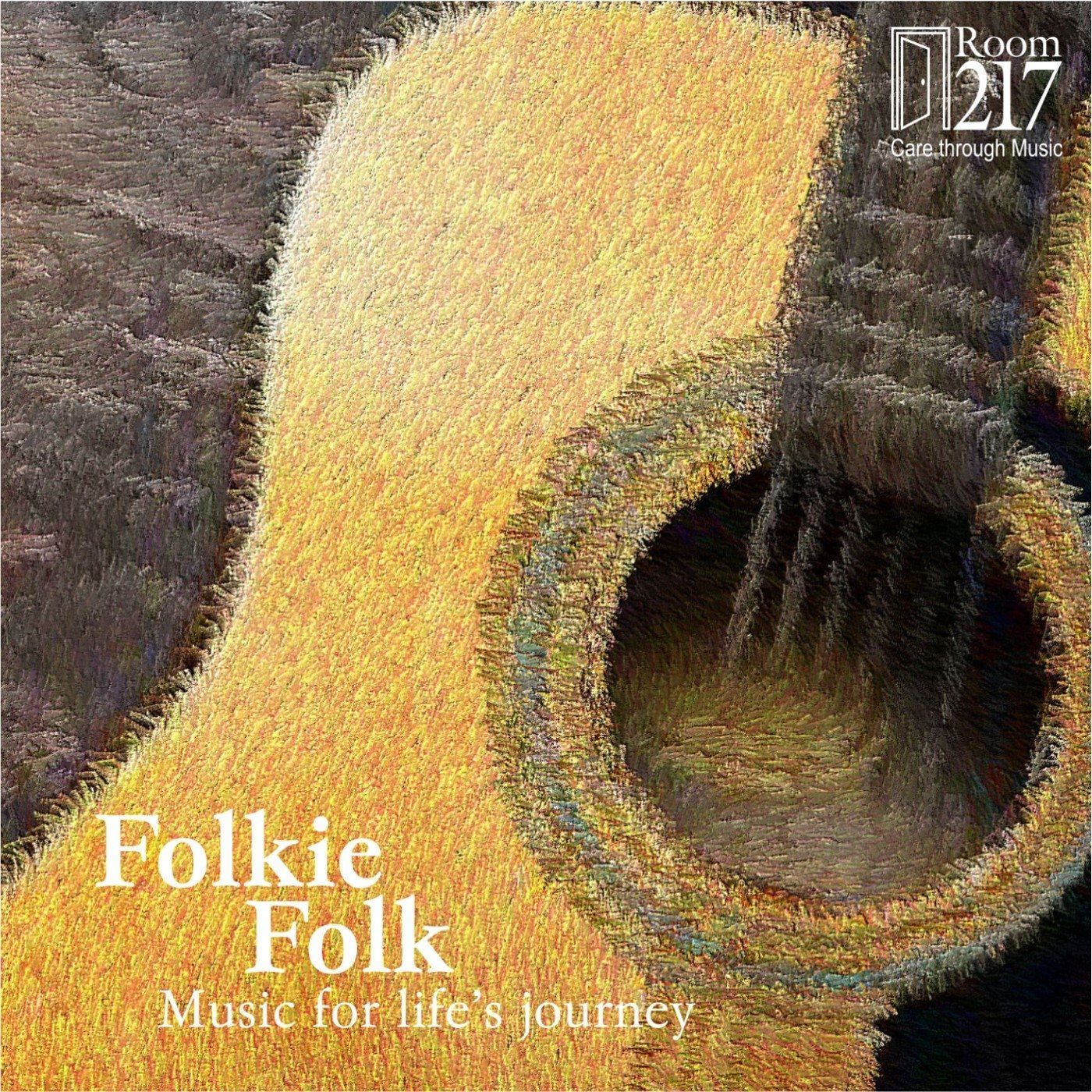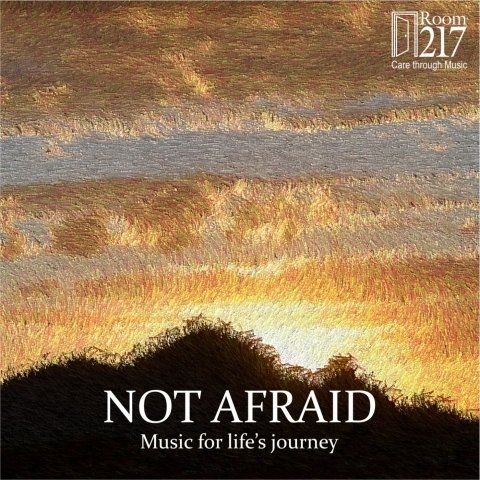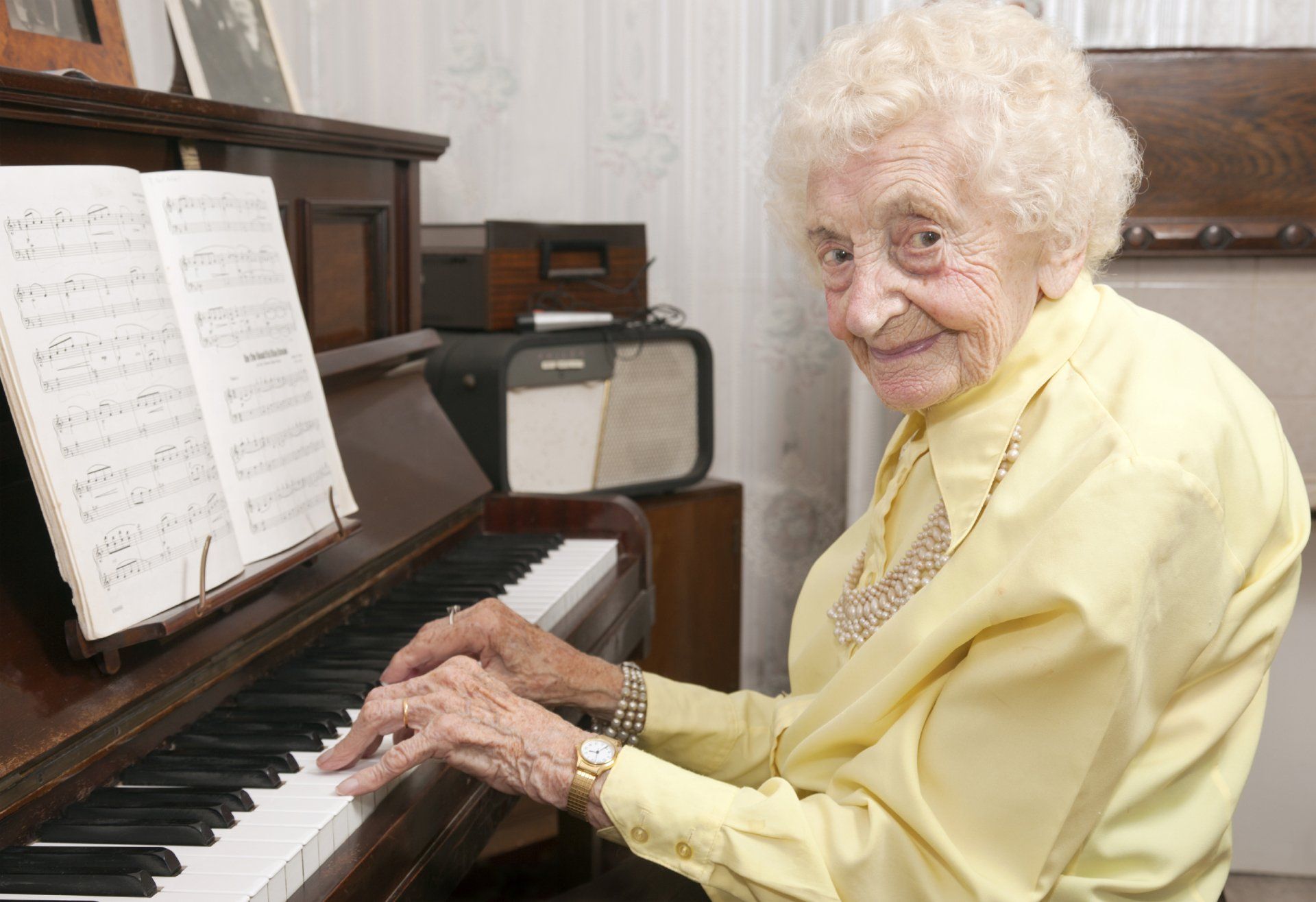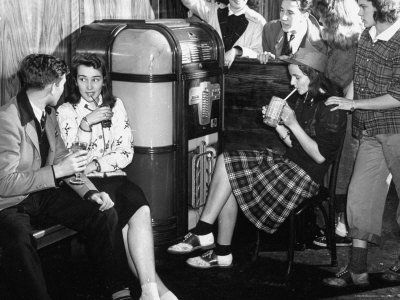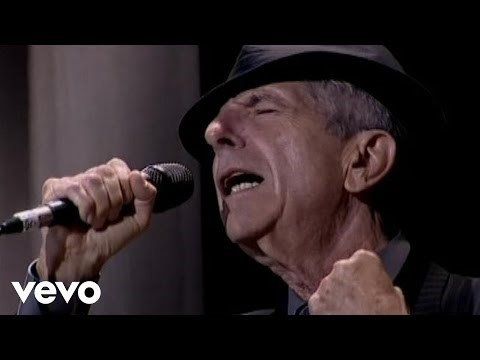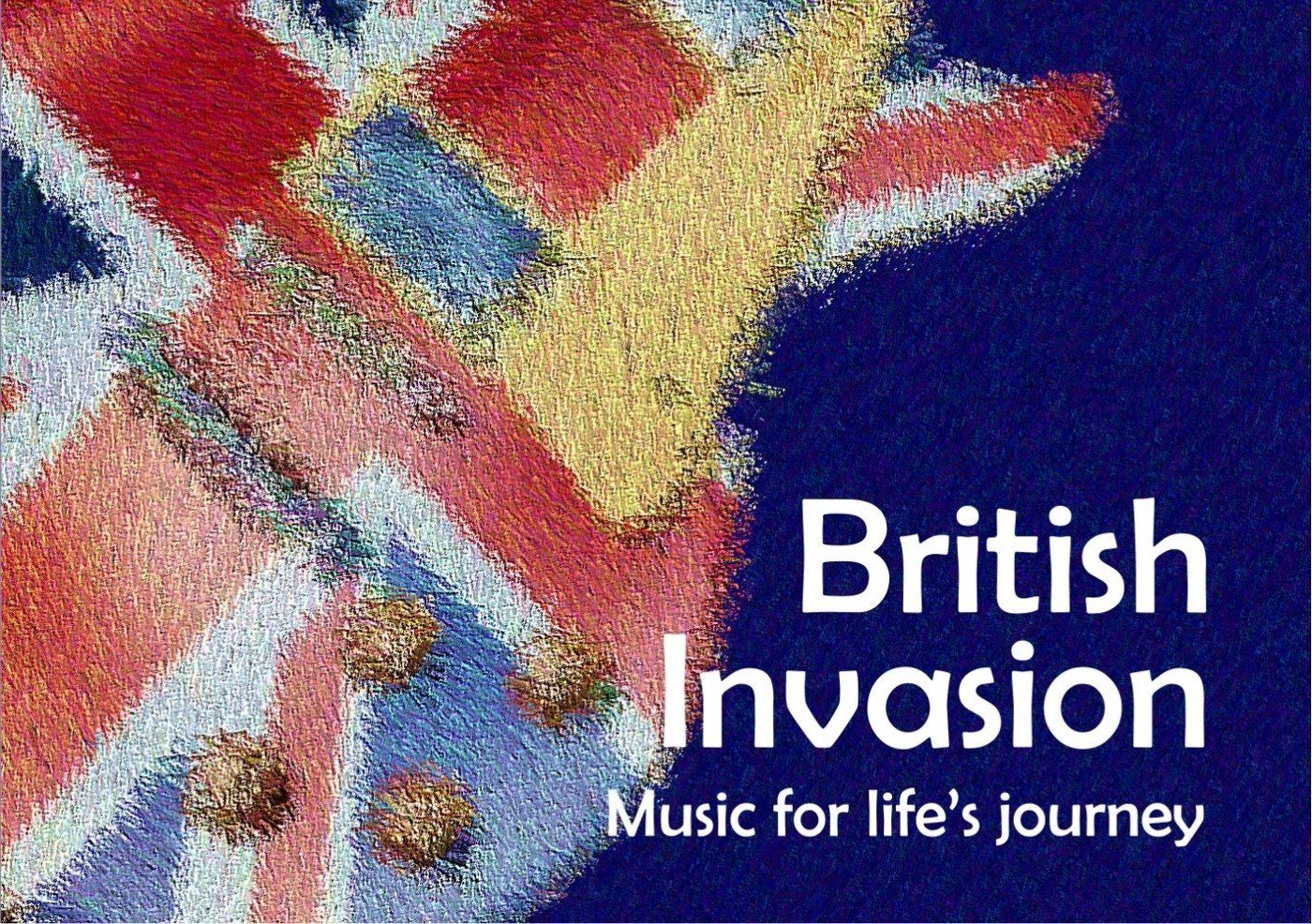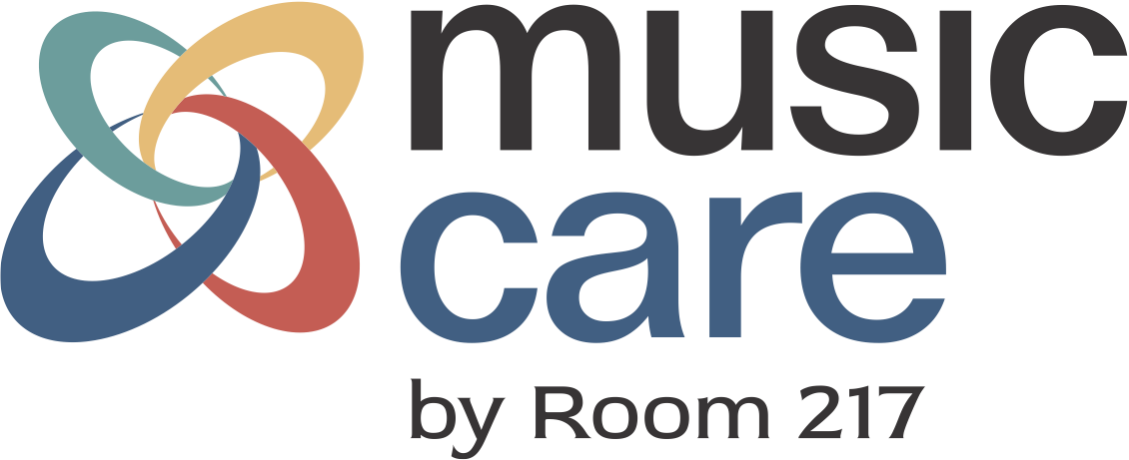Ehatähed and the health benefits of group singing
Is singing in a choir good for your health? One group of older adults certainly thinks so. Ehatähed is the residents’ choir at Ehatare Retirement and Nursing Home in Toronto. All residents of Ehatare are Estonian with most having immigrated to Canada following World War II.
Singing together has been an historical community practice in many cultures around the world. In Estonia, it is integral. Estonia is a small nation that is said to have “sung itself to freedom” during the Singing Revolution. Estonians love music.
Membership in the Ehatähed choir is a way of life for many of the residents and inspire those around them as they continue to make music an important part of their lives. Founded almost seven years ago, and conducted by Mrs. Heli Tenno, the average age of the choir members is 94. The choir sings in Estonian at Ehatare special events as well as performs at other nursing homes. View their recent YouTube post here:
The health benefits of choral singing are well documented. Dr. Victoria Meredith describes a number of links to choral singing and health and well-being especially for the aging person :
- Provides an opportunity for creative expression in a nonthreatening group environment
- Offers enjoyment and pleasure, increases joy and overall well-being
- Lessens isolation and provides social engagement
- Increases respiratory function
- Improves overall health as it heightens the immune system
- Improves brain function helping to compensate for the loss of brain cells associated with aging
- Increases confidence
A recent study out of the University of Gothenburg in Sweden, provides some clues as to why group singing may be good for the heart. 15 singers were asked to perform a number of singing tasks together, from monotone humming to singing a meditative mantra or Christian hymn. Their vital signs were monitored throughout. Findings showed that choral singing increased the amount by which an individual's heart rate varied. In this way, choral singing may confer a potential health benefit because low variability in heart rate is known to be related to high blood pressure says lead researcher, Bjorn Vickhoff. Findings also have researchers speculating that choral singing may achieve calming effects as the singers’ heart rates fluctuated in synchrony when they sang structured songs. This is linked to an effect known as respiratory sinus arrhythmia when the heartbeat varies in synchrony with breathing. According to Vickhoff, this coupling can have a soothing effect, much like meditation.
So it’s not surprising that group singing is on the rise. According to Chorus America, 32.5 million adults sing in choirs, up by almost 10 million over the past six years. Choirs exist in churches, but there are community choirs springing up including gospel groups, show choirs, Glee choirs and singing groups in health care settings, like at Ehatare.
I’m looking forward to hearing Ehatähed at the Music Care conference in Toronto on November 9. They are an inspiration and encourage me to keep singing, especially with other people. It’s good for my health!
Ehatähed will be sharing 3 songs in the morning session before Dan Cohen speaks on music, memory and the ipod project. For more information on the Music Care conference or to register, visit www.musiccareconference.ca

